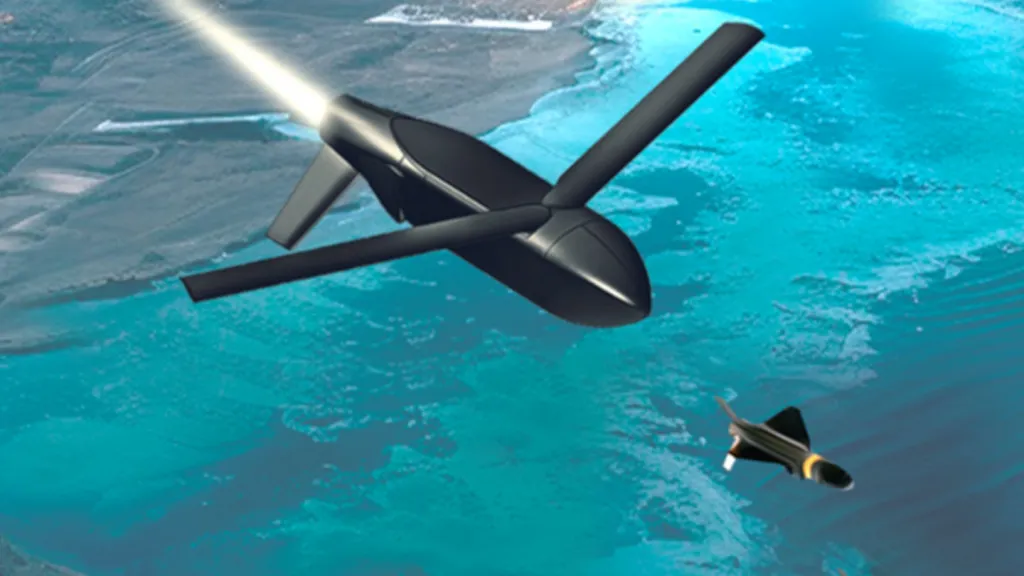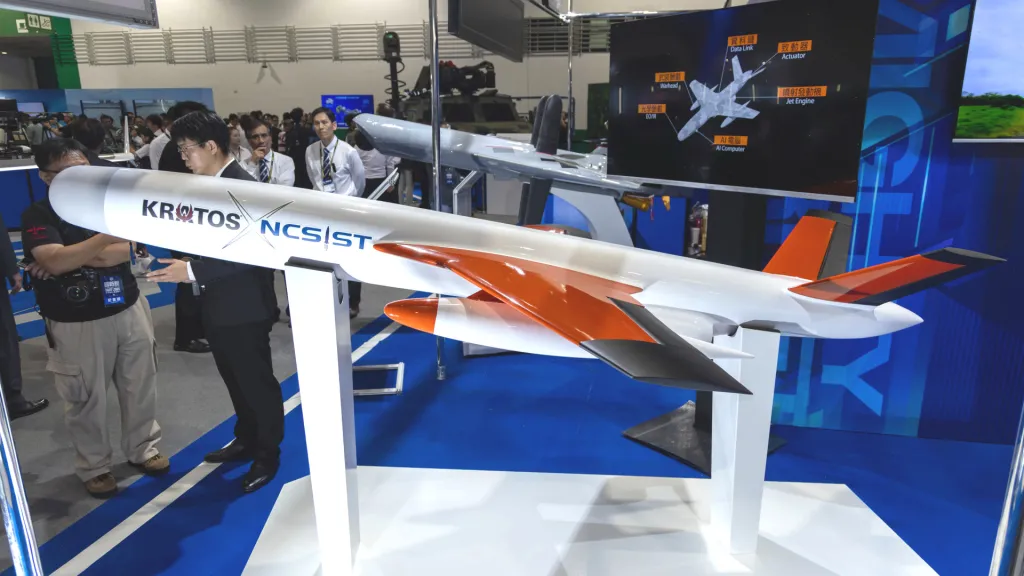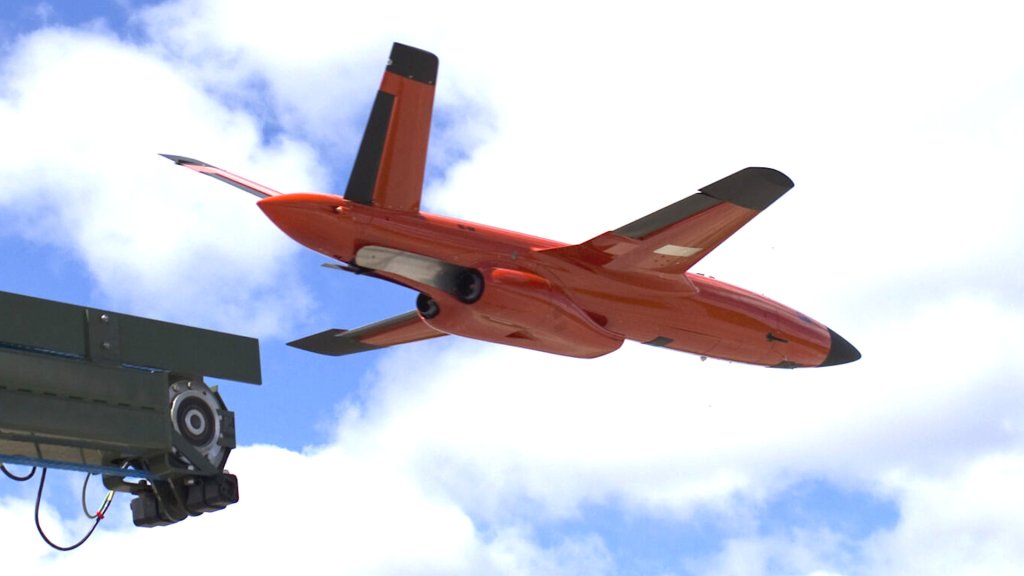Russia Is Now Launching Jet-Powered Glide Bombs At Ukraine
This week, we are getting our first visual evidence of Russia’s notorious glide bomb kit capability combined with a small turbojet engine, a modification that provides this class of munition with a significant boost in range. The latest version of the weapon is reportedly designated UMPK-PD, in which the “P” suffix very likely denotes Dalniaya, for long-range, although other sources describe a similar weapon as the UMPB-5R. Regardless, they look set to become another problem for Ukraine’s air defenses… if they work as advertised.


At least some of the photos of the wreckage of the glide bombs, posted recently to social media, appear to show the remains of the turbojet engine among the other components. The first such photos were apparently initially shared on a Ukrainian Telegram channel, Polkovnik GSh, and are said to date from the late spring or early summer of this year.



Meanwhile, reports in the Ukrainian media describe the use of such munitions against targets in the Kharkiv region, specifically the town of Lozovaya, around 56 miles from the front line, and in the Sumy region, where the reported target was the village of Khoten, 6.2 miles from the front line.
Maj. Gen. Vadym Skibitsky, deputy head of the Ukrainian Ministry of Defense’s Main Intelligence Directorate (GUR), has said that a new Russian glide bomb (presumably the UMPK-PD or UMPB-5R) was combat-tested in September/October and is now entering series production. He has said the weapons include “new control modules” and superior resistance to electronic countermeasures.
There have long been rumors that the Russian UMPK, or Unifitsirovannyi Modul Planirovaniya i Korrektsii, meaning unified gliding and correction module, glide bombs had started to be adapted to accommodate propulsion. This would be in keeping with the steady improvements that have been made to this series of weapons, which have included using new types of warheads as well as increasingly larger payloads.

A recent report from the Russian daily newspaper Kommersant states that the latest version of the UMPK can strike targets at ranges of up to 62 miles, thanks to various aerodynamic improvements. This range is said to be achieved when released at an altitude of around 40,000 feet and at a speed of around 621 miles per hour. The range would be correspondingly reduced when launched at lower altitudes and lower speeds.
Meanwhile, the same weapon fitted with a motor reportedly doubles that baseline range, to 124 miles, comparable with a standoff weapon like a shorter-range cruise missile. While all these range figures should be treated with caution, anywhere near these range figures would provide an impressive leap in capability over the weapon’s unpowered counterpart.
Publicly available data attributes the original UMPK weapons with a range of between 25 and 45 miles when strapped to a FAB-250, FAB-500, or FAB-1500 bomb. A range of between 31 and 37 miles can be achieved when using the heavier FAB-3000 bomb.
In its baseline form, the aerodynamic improvements for the UMPK-PD include a pair of wings, replacing the single pop-out wing that was originally used in the glide bomb kits. These provide increased area and, therefore, generate more lift for sustained flight.
The ‘twin-wing’ configuration is something that has been seen in use for some time now, but the motor wasn’t visible. That apparent anomaly now makes much more sense, given that versions of the UMPK-PD can be employed with or without the range-extending engine.
Otherwise, the baseline UMPK-PD is also fitted with redesigned tail fins, guidance and control unit, and a power source, all of which are bolted to a standard free-fall bomb.
When fitted with a jet engine, for maximum reach, the twin wings are reportedly of smaller size and are swept back. As for the engine, photos of the wreckage indicate this is a Chinese-made Swiwin SW800Pro-Y turbojet, which is commercially available and generates around 180 pounds of thrust. Russia’s ability to source large numbers of small turbojets domestically has been questioned in the past, so getting them from China off-the-shelf would certainly make sense.

The Kommersant report states that the powered UMPK-PD is now being combat-tested in prototype form, which means there may not yet be a standardized format for this version, with the potential for changes to be made based on early operational experience.
According to a report on Telegram from the pro-Russian military Fighterbomber channel, the specific bomb used as ‘payload’ for the UMPK-PD is the FAB-500T, a 500-kilogram (1,102-pound) class weapon. It is claimed that the specific properties of the FAB-500T, which include a more aerodynamic body and heat-resistant features, make it more suitable for powered, long-range flight.
Interestingly, the FAB-500T was originally developed during the Cold War for carriage by the MiG-25RB Foxbat reconnaissance-bomber. In this case, the letter “T” stands for Termostoykaya (thermally stable), since it was designed to withstand in-flight heating at the MiG-25RB’s cruising speed of 2,500km/h (1,553mph) at high altitude. It’s unclear how many FAB-500Ts remain in the Russian stockpile, but presumably other FAB-series bombs could also be adapted for use with the UMPK-PD, too.

The UMPK-PD reportedly also features a new launch procedure, in which a combination of a spring mechanism and a pyrotechnic serves to deploy the wings after release from the aircraft. The various control surfaces are then adjusted to direct the munition toward the target.
This is very likely intended to overcome previously reported problems with the standard UMPK series.
As we wrote back in 2023, quoting an online critical analysis of the UMPK module, conducted anonymously by an employee of a Russian company:
The wing is opened after the bomb is dropped by a spring hooked to the locking mechanism. The wing opening mechanism is unreliable, and “the fact that the wing is not brought into flight position is a standard occurrence for this product.”
Ruslan Pukhov, the director of the Center for Analysis of Strategy and Technologies (CAST), a Moscow-based think tank, told Kommersant that the UMPK-PD is an “excellent, but probably temporary solution” to the problem of a lack of more purpose-designed precision-guided munitions to support the Russian ground forces. Pukhov noted that the UMPK-PD would help compensate for a lack of longer-range precision-guided munitions and even cruise missiles, but that it wouldn’t offer the same level of accuracy or destructive power.
Nevertheless, the UMPK-PD is another major headache for the hard-pressed Ukrainian air defenses.
Since their first employment in the war in Ukraine, the Russian glide bombs have proved to be extremely difficult to shoot down, being small in size, relatively fast, and with no thermal signature.
They have also been continually improved.
Meanwhile, Russia introduced another new standoff weapon last year, a winged precision-guided bomb known as the UMPB D-30SN, or simply UMPB. As we discussed at the time, this munition has some interesting parallels to the U.S.-made Small Diameter Bomb (SDB).
As for the UMPK-PD, this can meanwhile be compared to a much cruder counterpart to the powered version of the Joint Direct Attack Munition-Extended Range (JDAM-ER). The Powered JDAM essentially combines a JDAM-ER winged precision-guided bomb with a small turbine engine, creating something like a lower-cost cruise missile.

As we have noted in the past, Russia has a limited air-launched standoff precision-guided munitions arsenal, overall, so being able to convert dumb bombs into longer-range guided weapons is of significant utility. The result is a series of weapons that allow the Russian Aerospace Forces to strike deeper in certain areas, as well as to conduct more survivable weapons deliveries in others.
Due to the crash program to develop these kinds of bombs, the earlier versions suffered from several shortcomings. However, with the Russian Aerospace Forces’ huge demand for weapons that can be launched at a safer distance from air defenses, and the tempo of airstrikes in general, the continued appearance of more refined versions of these weapons, including with longer range, is no surprise.
Contact the author: [email protected]























